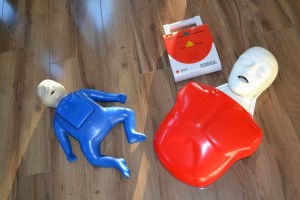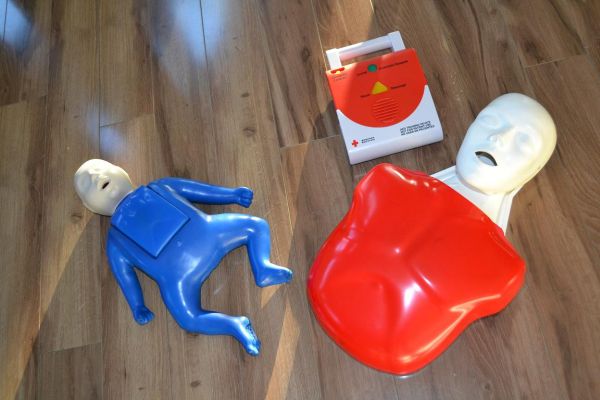
Febrile seizures are more frightening than life-threatening.A lot of first time mums and dads do not know what to do in case of febrile seizure. Seeing a child go into a seizure fit can cause anyone to panic. However, febrile seizures are usually harmless in an otherwise healthy baby. Many parents are concerned that the seizure may have long-term effects on health but the truth is that they do not signal any serious health complication.
Usually, febrile seizures occur during the initial 24 hours of an illness or at the height of fever. It is often triggered by viral illnesses or common cold. Here are some things to consider about this condition.
Children at risk
- Febrile seizures are not preventable and tend to run in the family. Children born to parents who have history of seizures are more likely to suffer from febrile seizures.
- Children aged 9 months to 5 years are higher risk for simple febrile seizures.
- About 30 percent of children who experienced seizure will have another attack, usually within a year of the first fit.
- Febrile seizures are most commonly caused by viral and bacterial infections.
Signs and Symptoms
Here are the signs and symptoms associated with simple febrile seizures:
- Simple febrile seizures generally occur in the first few hours of a high fever or rapid rise in body temperature.
- These seizures generally occur only once in a 24-hour period and usually last less than a minute, but can last 15 minutes or longer.
- May cause loss of consciousness.
- May cause rhythmic muscle contractions.
- May cause child to clench teeth or bite cheek or tongue.
- Child may stare or become unresponsive.
- May cause face, arms, and legs to twitch, and arms or legs to jerk.
- Eyes may roll back.
- May cause difficulty breathing.
- May cause child to lose bladder or bowel control.
Tips for Parents
In case of a febrile seizure, parents should seek immediate medical help, even if the seizure is simple and does not appear serious. Although the seizure activity may cease even before the child reaches the hospital or medical help becomes available, it is important that the child is seen by a healthcare provider and that the cause of the first time seizure is ruled out. Meningitis – a serious infection of the brain – can also cause seizure.
What to do DURINGa seizure episode:
- Protect the child from harm.
- Lay the child on a firm surface or on the floor. If the child is about to vomit or vomits, turn him towards the left side to prevent aspirating the vomitus.
- Keep the mouth clear. Do not place anything in the child’s mouth.
- Watch out for seizures that last for more than two minutes.
What to do AFTER a seizure episode:
- The child with seizure needs to be evaluated in the emergency department to rule out any serious diseases, such as meningitis or pneumonia. Laboratory tests such as urinalysis, blood work, lumbar puncture, or x-rays may be recommended by the doctor. In most cases, a simple febrile seizure without underlying serious medical condition would not require hospital admission.
- Medications to prevent simple
seizures” href=”http://www.ninds.nih.gov/disorders/febrile_seizures/detail_febrile_seizures.htm”>febrile seizures are not routinely given. However, medications for fever, such as ibuprofen or acetaminophen, are prescribed to help lower down fever and relieve body aches.
- After a seizure, the child needs to rest. He may report sleepiness, headache, temporary memory loss, or confusion.

